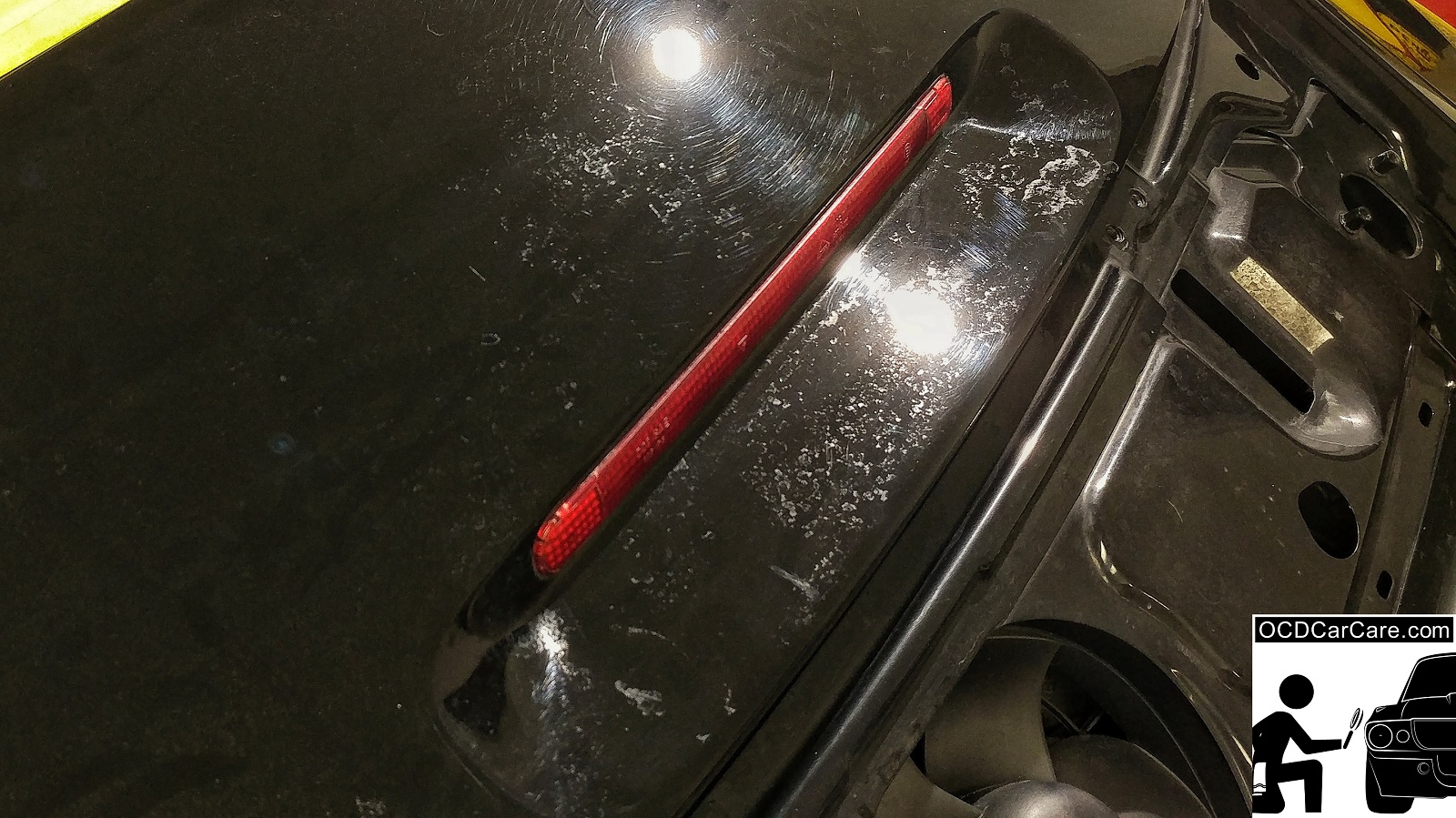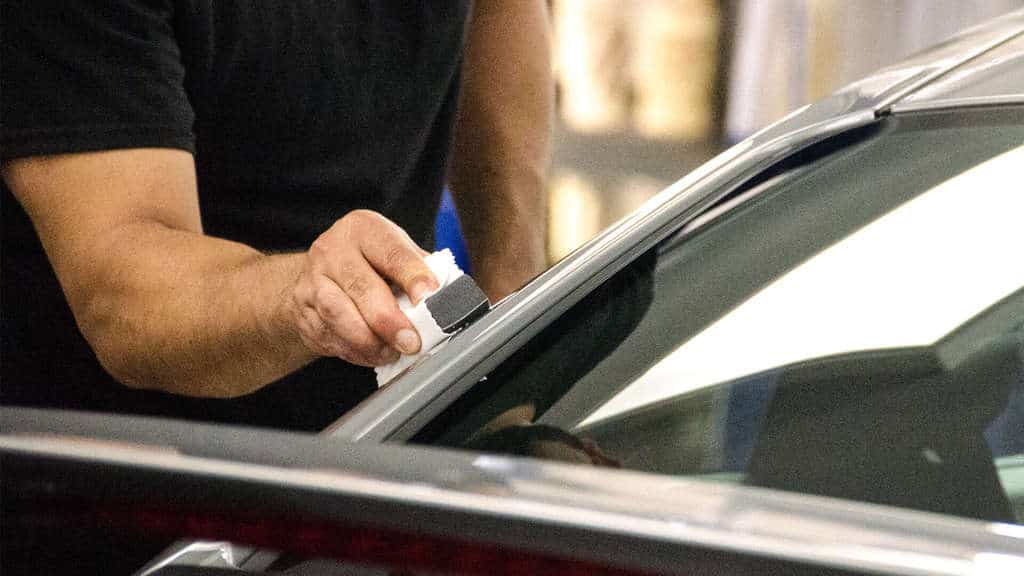Ceramic Coating vs Traditional Wax: Which Offers Better Protection?
Ceramic Coating vs Traditional Wax: Which Offers Better Protection?
Blog Article
Ceramic Coating vs. Standard Wax: Which Provides Better Long-Term Security?
The discussion between ceramic coverings and standard wax for automobile protection has actually amassed substantial focus among automotive enthusiasts and specialists alike. While both satisfy of protecting paint, their differences in sturdiness, application, and long-lasting upkeep costs may affect a consumer's selection. Ceramic coatings flaunt premium long life and resistance to ecological elements, yet the intricacy of their application increases questions concerning accessibility and functionality. As we explore these contrasting choices, it becomes necessary to consider not just the immediate benefits however likewise the implications for vehicle treatment in time.
Introduction of Ceramic Coating
Ceramic coating has acquired significant appeal amongst auto enthusiasts and detailers alike due to its advanced safety qualities. This cutting-edge modern technology is developed to create a sturdy, hydrophobic guard over a lorry's paint surface area, dramatically enhancing its resistance to environmental contaminants such as dust, UV rays, and chemical spots. Unlike standard wax, which offers a short-term layer of protection, ceramic finishes bond at a molecular degree with the paint, offering lasting sturdiness-- frequently expanding beyond two years with proper upkeep.
The application process involves careful preparation of the car's surface area, consisting of cleansing and brightening to make certain optimal attachment. Once applied, the coating cures to form a durable layer that not only includes depth and gloss to the paint but also simplifies maintenance. With its hydrophobic homes, ceramic coating enables water and dirt to move off even more conveniently, decreasing the frequency of cleans and decreasing the threat of swirl marks.
Moreover, ceramic finishings are offered in numerous formulations, enabling users to select products tailored to their details needs and choices. Generally, ceramic coating stands for a substantial improvement in paint security modern technology, supplying exceptional performance contrasted to conventional choices.
Introduction of Typical Wax
Generally considered as a staple in vehicle care, wax functions as a preferred option for those looking for an uncomplicated approach to enhance and secure their car's paint - ceramic coating. Automotive wax typically comprises natural components, such as carnauba, or synthetic compounds, made to produce a protective layer externally of the paint. This layer not just boosts the lorry's gloss and radiate but additionally provides an obstacle versus environmental contaminants
The application of wax is usually easy to use, making it obtainable for both experts and Do it yourself fanatics. When applied, wax requires a healing period, after which it solidifies to form a safety shell.
Nonetheless, while wax works for enhancing the aesthetic appeal of a car, it is necessary to note that the protection it uses may demand much more frequent reapplication compared to alternate items, such as ceramic coverings. On the whole, typical wax stays a favored choice for those prioritizing convenience of usage and immediate aesthetic renovation.
Resilience and Durability Comparison
While both ceramic coverings and traditional wax deal protective advantages for vehicle paint, their durability and durability differ considerably. Traditional wax, typically made from all-natural carnauba or artificial polymers, usually gives a protective layer that lasts roughly three to 6 months. This reasonably short life expectancy demands regular reapplication to preserve ideal protection.
In comparison, ceramic coverings are engineered from sophisticated nanotechnology, creating a covalent bond with the paint surface area. This results in a durable, hydrophobic hop over to here layer that can read here endure for 2 to 5 years, depending on the item and ecological problems. The superior sturdiness of ceramic coatings is credited to their chemical framework, which provides improved resistance to scratches, UV rays, and oxidation.

Protection Against Ecological Elements
Shielding a vehicle's paint from environmental elements is crucial for keeping its appearance and value in time. Automobiles are continuously exposed to a variety of aspects, including UV rays, bird droppings, tree sap, acid rainfall, and roadway gunk, all of which can endanger the honesty of the paintwork.
Ceramic finishes supply a robust defense against these environmental assailants. Unlike standard wax, which can degrade rapidly under UV direct exposure, ceramic layers create a durable, hydrophobic layer that resists the dangerous results of sunshine and toxic wastes. This advanced modern technology creates a chemical bond with the automobile's surface area, supplying superior security that lasts for years, even in severe conditions.
In contrast, ceramic coverings maintain their protective high qualities much longer, considerably decreasing the threat of paint damage and ensuring that the vehicle retains its aesthetic appeal. As an outcome, ceramic coverings are increasingly acknowledged as the exceptional selection for long-lasting security versus ecological aspects.
Application and Maintenance Differences
The methods of application and subsequent upkeep for ceramic finishings and conventional wax differ considerably, influencing the total individual experience and performance of each item. Ceramic layers need a more intricate application procedure, usually involving surface area prep work that includes washing, sanitizing, and polishing the lorry. Once the surface prepares, the ceramic covering is applied in a controlled setting, typically requiring specialist know-how to guarantee proper treating and bonding to the paint.

While both items enhance automobile appearance, the longer-lasting defense provided by ceramic layers may validate their first investment, regardless of the more requiring application procedure. On the other hand, traditional wax remains a prominent choice for those looking for an easier, albeit temporary, option.

Verdict
Finally, ceramic finishings demonstrate considerable advantages over typical wax in regards to sturdiness and ecological defense. With a lifespan expanding 2 to five years and premium resistance to UV rays, dust, and chemical stains, ceramic coatings offer a much more effective remedy for long-lasting vehicle upkeep. The application procedure may need specialist proficiency, the resulting expense financial savings and decreased frequency of reapplication emphasize the value of ceramic finishes for those seeking optimum vehicle defense.
The debate in between ceramic finishes and traditional wax for vehicle security has actually garnered substantial focus among automotive fanatics and experts alike. Unlike typical wax, which supplies a temporary layer of defense, ceramic coatings bond at a molecular degree with the paint, using resilient toughness-- frequently extending beyond 2 years with correct upkeep.
While both ceramic coatings and standard wax offer protective advantages for automobile paint, their resilience and longevity vary substantially. For automobile enthusiasts looking for long-term defense, ceramic finishings offer a compelling advantage over conventional wax items.
In conclusion, ceramic layers show substantial advantages over typical wax in terms of sturdiness and environmental security.
Report this page